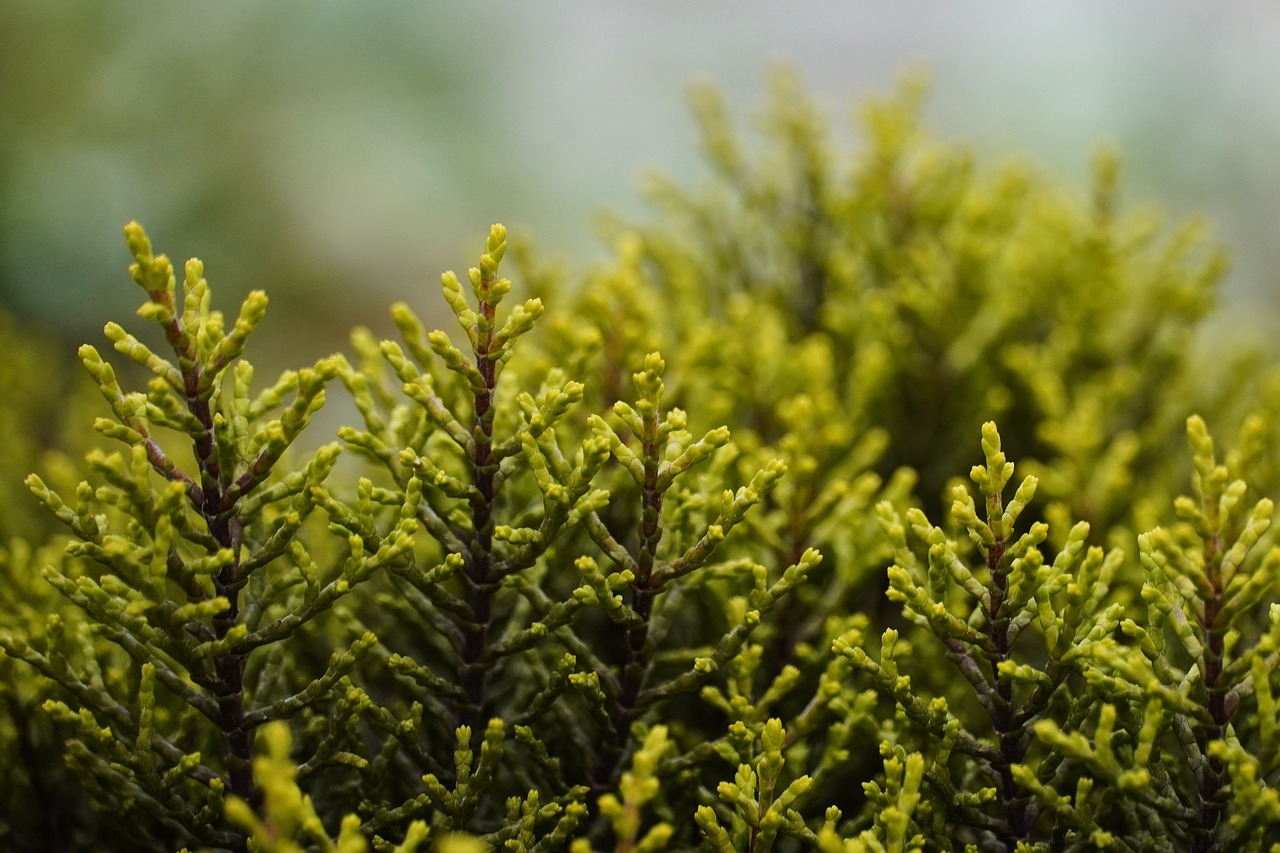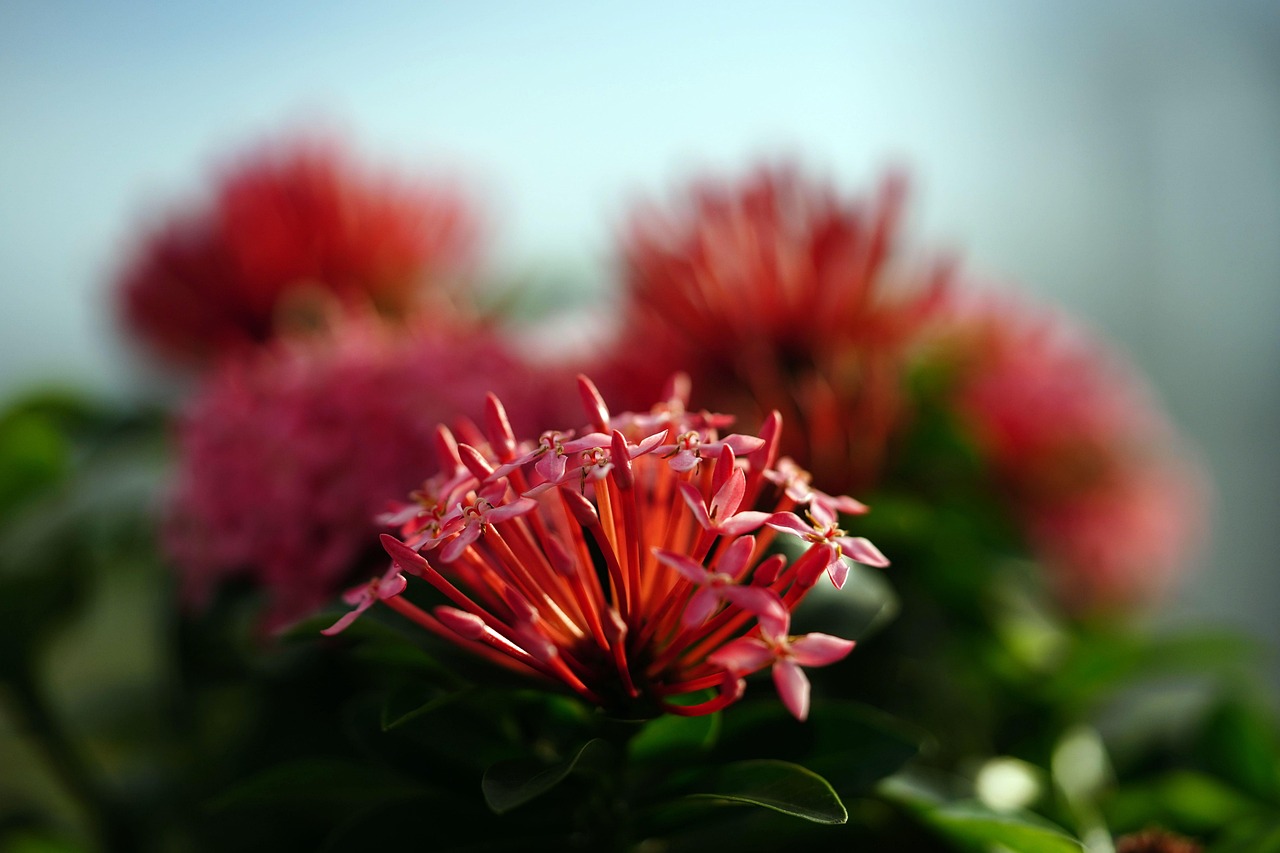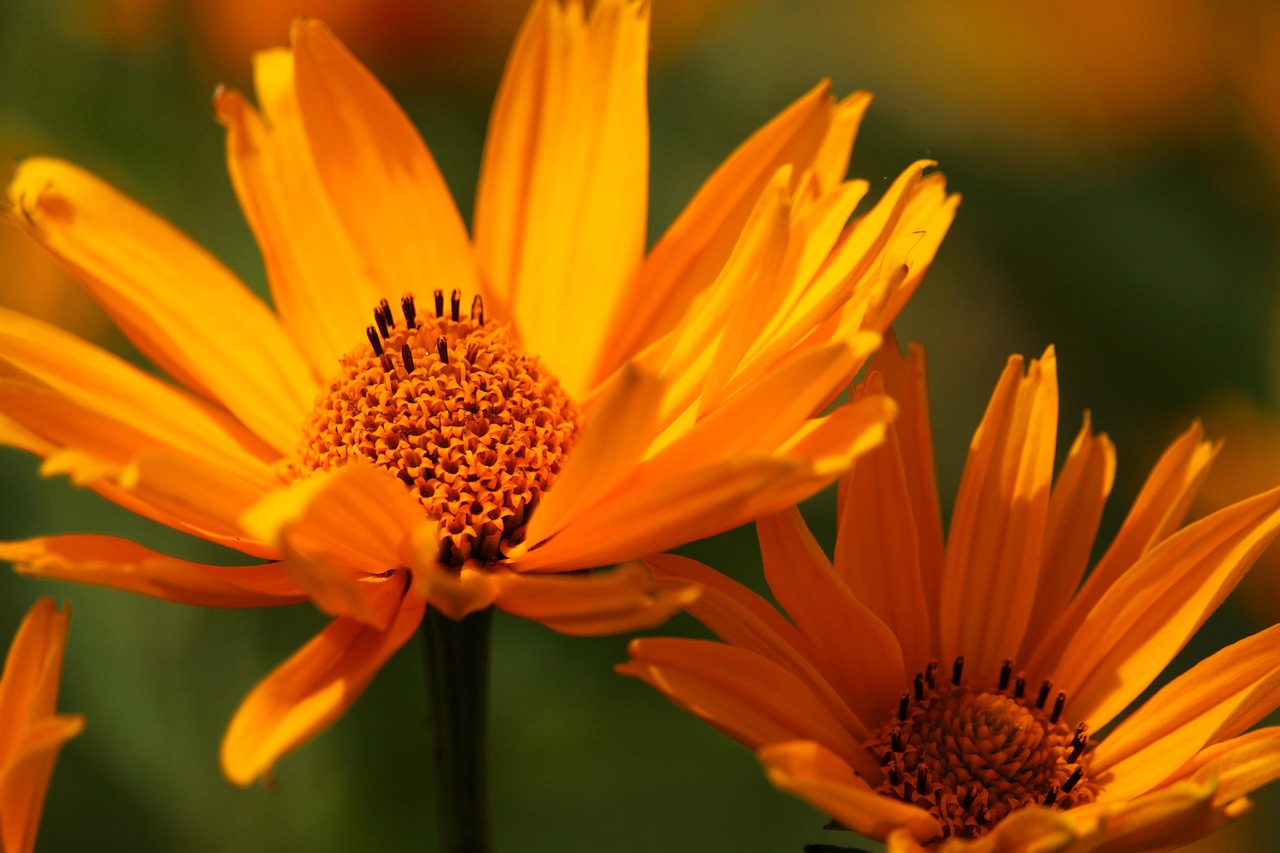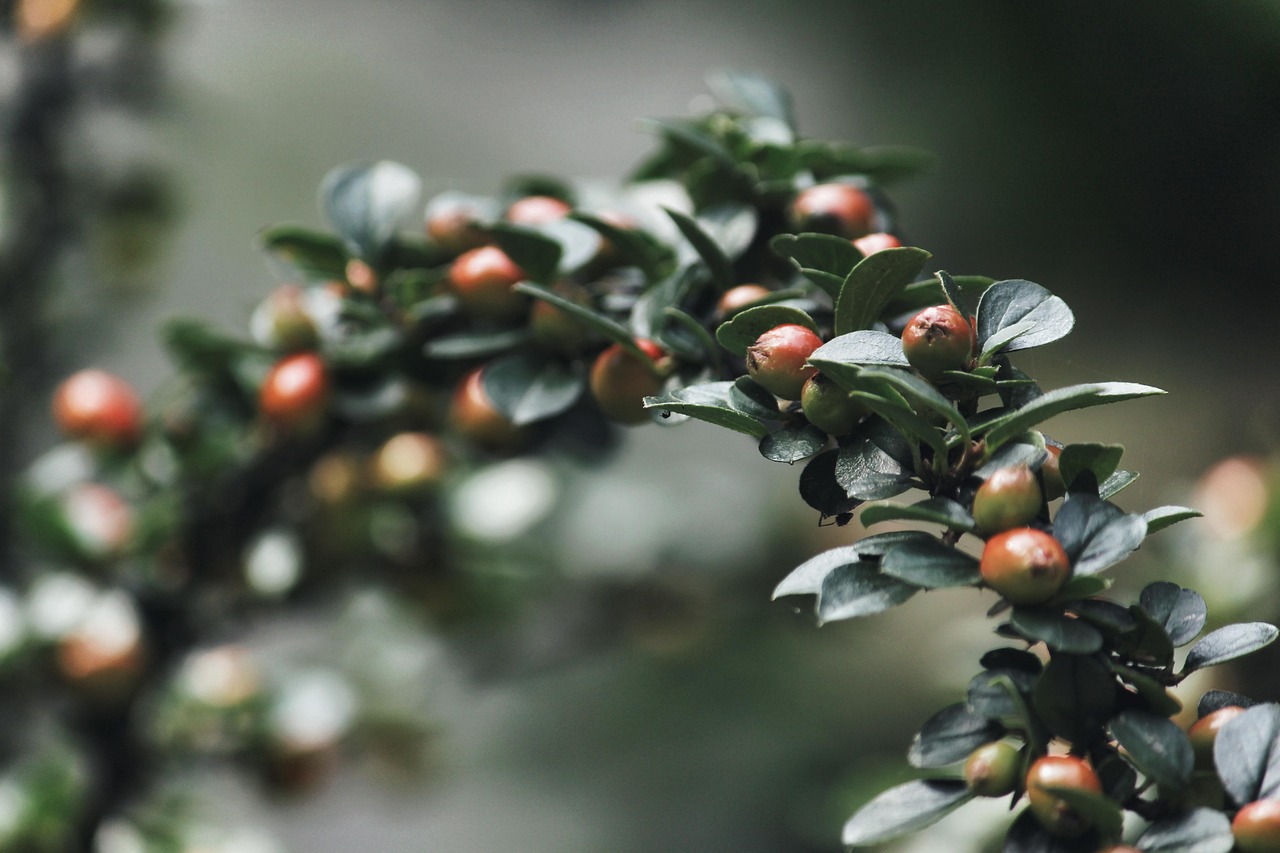To grow and care for Ixora shrubs, choose a sunny location with well-draining soil. Water regularly, especially during dry spells, and fertilize every few months. Prune to maintain shape and remove dead flowers. These steps will ensure vibrant blooms and healthy growth.
Ixora shrubs are popular ornamental plants known for their vibrant clusters of small flowers. They belong to the Rubiaceae family and thrive in tropical and subtropical regions. With their glossy green leaves and bright blossoms, Ixoras add color and beauty to gardens and landscapes. They can grow as low hedges or larger bushes, depending on the variety and care they receive.

These hardy plants are relatively easy to care for, making them a favorite among both novice and experienced gardeners. Understanding their specific needs is essential for optimal growth and flowering. Ixora shrubs typically bloom from spring through fall, producing flowers in shades of red, orange, yellow, or pink. The right conditions will encourage abundant blooms and lush foliage.
Understanding Ixora Shrubs
Ixora shrubs are native to tropical regions of Asia, Africa, and the Americas. They thrive in warm climates, preferring temperatures between 60°F and 85°F. When selecting a location for your Ixora, consider the following key factors:
| Factor | Description |
|---|---|
| Sunlight | Ixora shrubs require full sun to partial shade for optimal growth. |
| Soil Type | Well-draining soil is crucial to prevent root rot. |
| Watering | Regular watering is needed, especially during hot weather. |
| Fertilization | Use a balanced fertilizer every few months to promote growth. |
When planting Ixora, space them appropriately to allow for their mature size. Depending on the variety, they can grow anywhere from 2 to 6 feet tall. The distance between each plant should be about 2 to 3 feet apart. This spacing ensures good air circulation and helps prevent diseases.

Ixora shrubs are also tolerant of drought conditions once established. However, they will perform best with consistent moisture, especially during flowering periods. Mulching around the base can help retain soil moisture and suppress weeds, providing a healthier environment for your plants.
Planting Ixora Shrubs
When planting Ixora shrubs, timing is important. The best time to plant is during the spring or early summer when temperatures are warm but not excessively hot. Follow these steps for successful planting:
- Select a healthy Ixora plant from a reputable nursery.
- Choose a sunny location with well-draining soil.
- Dig a hole that is twice as wide as the root ball but no deeper than the root ball itself.
- Remove the plant from its container gently.
- Place the plant in the center of the hole, ensuring it is level with the surrounding soil.
- Backfill the hole with soil and water thoroughly.
- Apply a layer of mulch around the base of the plant to retain moisture.
After planting, monitor your Ixora for signs of stress or disease. Early detection of issues such as pests or nutrient deficiencies can help ensure your plant thrives. Regular maintenance will promote healthy growth and abundant flowering.

In summary, caring for Ixora shrubs involves understanding their requirements for sunlight, soil, water, and fertilizer. With proper care, these stunning plants can enhance your garden’s beauty for many years.
Watering Ixora Shrubs
Watering is one of the most critical aspects of caring for Ixora shrubs. Proper watering helps establish strong roots and supports overall plant health. Here are some essential tips for watering your Ixora:
- Frequency: Water your Ixora shrubs regularly, especially during dry periods. The soil should be kept evenly moist but not soggy.
- Method: Water at the base of the plant to ensure that moisture reaches the root zone. Avoid wetting the foliage to prevent fungal diseases.
- Adjustment: Modify your watering schedule based on weather conditions. In hot, dry weather, you may need to water more frequently.
- Signs of Stress: Watch for signs of underwatering, such as wilting leaves or drooping stems. Overwatering can lead to root rot, so ensure proper drainage.
Soil Requirements
The soil in which Ixora shrubs are planted plays a vital role in their growth and health. Here are some key factors to consider regarding soil:

- Drainage: Ixora prefers well-draining soil. This is crucial to prevent waterlogged conditions, which can lead to root rot.
- Soil Type: A sandy or loamy soil mix is ideal. These types of soils allow for good drainage while retaining some moisture.
- pH Level: Ixora shrubs thrive in slightly acidic to neutral pH levels, typically between 6.0 and 7.0. Testing the soil pH can help you make necessary adjustments.
To improve soil quality, consider incorporating organic matter such as compost or peat moss. This addition can enhance soil fertility and structure, providing a better environment for root development.
Fertilizing Ixora Shrubs
Fertilization is essential for promoting healthy growth and vibrant blooms in Ixora shrubs. Here’s how to effectively fertilize your plants:
- Select the Right Fertilizer: Use a balanced, slow-release fertilizer with an N-P-K ratio of around 10-10-10 or 14-14-14.
- Timing: Fertilize in early spring before new growth begins. You can also apply a second round in mid-summer to support ongoing growth.
- Application: Follow the manufacturer’s instructions on the fertilizer package for the correct amount. Disperse it evenly around the base of the plant.
- Watering Post-Fertilization: Water the plant after fertilizing to help the nutrients penetrate the soil and reach the roots.
Pest and Disease Management
Ixora shrubs can be susceptible to various pests and diseases. Being proactive can help maintain their health. Here are some common issues and solutions:
| Pest/Disease | Symptoms | Treatment |
|---|---|---|
| Aphids | Leaves may curl or yellow; sticky residue may appear. | Use insecticidal soap or neem oil to eliminate aphids. |
| Spider Mites | Fine webbing on leaves; leaf discoloration. | Increase humidity around the plant and use miticides if needed. |
| Powdery Mildew | White powdery spots on leaves; stunted growth. | Improve air circulation and apply fungicides if necessary. |
| Root Rot | Wilting despite adequate watering; foul odor from roots. | Remove affected plants and improve drainage in the soil. |
Regularly inspecting your Ixora shrubs for signs of pests or diseases will allow you to address issues promptly. Additionally, maintaining proper care practices will help strengthen the plants and reduce vulnerability to pests and diseases.
Pruning Ixora Shrubs
Pruning is an important aspect of caring for Ixora shrubs. It helps maintain their shape, encourages new growth, and promotes blooming. Here are some guidelines for effective pruning:
- Timing: Prune after the main flowering season, usually in late summer or early fall, to avoid removing potential flower buds.
- Tools: Use clean, sharp pruning shears to make precise cuts and reduce damage to the plant.
- Technique: Remove dead or damaged branches first. Then, shape the plant by cutting back overly long stems and thinning out crowded areas.
- Aim for Airflow: Ensure that there is good airflow between branches to reduce the risk of diseases.
A well-pruned Ixora shrub will not only look more attractive but will also be healthier and more productive during its blooming season.
Choosing the Right Ixora Variety
Ixora shrubs come in several varieties, each with unique characteristics, including flower color, size, and growth habit. Selecting the right variety for your landscape can enhance its beauty and ensure optimal growth conditions. Here are some popular Ixora varieties:
- Ixora coccinea: Known for its bright red flowers, this is one of the most common types. It grows well in tropical climates and can reach heights of 3 to 6 feet.
- Ixora chinensis: This variety features clusters of small orange or yellow flowers and is often used in hedges. It typically grows between 2 to 4 feet tall.
- Ixora taiwanensis: This compact variety produces pink flowers and is ideal for smaller gardens or container planting.
- Ixora ‘Dwarf Red’: A compact option with vibrant red blooms, this variety is perfect for low hedges or borders.
When choosing a variety, consider the specific climate conditions of your region, as well as the space available in your garden. Always check for local recommendations regarding varieties that thrive best in your area.
Container Gardening with Ixora
If space is limited or if you want to add an accent to your patio or balcony, growing Ixora shrubs in containers can be an excellent choice. Here are some important points to consider when container gardening with Ixora:
- Pot Size: Choose a pot that is at least 12 inches deep and wide. This will provide adequate space for roots to grow.
- Drainage: Ensure that your container has drainage holes to prevent water from accumulating at the bottom.
- Soil Mix: Use a high-quality potting mix that retains moisture while allowing for good drainage. A mix designed for flowering plants is ideal.
- Location: Place the container in a spot that receives full sun to partial shade. Regularly monitor soil moisture since container plants can dry out quickly.
Container-grown Ixoras can also be moved indoors during colder months if necessary, making them versatile additions to your home or garden.
Seasonal Care for Ixora Shrubs
Caring for Ixora shrubs varies by season. Understanding the seasonal needs can help maintain their health and appearance throughout the year.
Spring Care
Spring is a crucial time for Ixora shrubs as they begin to grow actively. Here are some care tips for spring:
- Fertilization: Apply a balanced fertilizer to promote new growth and flowering. Follow the recommended application guidelines.
- Watering: Increase watering frequency as temperatures rise and new growth appears. Ensure consistent moisture without waterlogging.
- Pruning: Perform light pruning to shape the plant and remove any dead or damaged branches.
Summer Care
During the summer months, Ixora shrubs require sustained attention due to high temperatures. Consider these tips:
- Mulching: Apply a layer of mulch around the base of the plant to retain soil moisture and regulate temperature.
- Pest Monitoring: Regularly check for pests such as aphids or spider mites. Early intervention can prevent infestations.
- Watering Schedule: Adjust watering according to rainfall and temperature, ensuring that the plant remains hydrated.
Fall Care
As temperatures start to cool down, Ixora shrubs enter a period of dormancy. Here are some care steps for fall:
- Pruning: After the blooming season, prune back any spent flowers and shape the plant to prepare it for winter.
- Fertilization: A light application of fertilizer in early fall can support root health without encouraging excessive new growth.
- Watering Reduction: Gradually reduce watering as temperatures drop and the plant’s growth slows down.
winter Care
If you live in a region with frost, providing winter care for your Ixora shrubs is essential. Here are some strategies:
- Protection: If temperatures drop significantly, consider covering your plants with frost cloths or moving container plants indoors.
- Mulching: Apply additional mulch at the base of the plants to protect roots from freezing temperatures.
- Avoid Overwatering: During winter, be cautious about watering, as reduced evaporation rates may lead to waterlogged soil.
By following these seasonal care guidelines, you can help ensure that your Ixora shrubs remain healthy and vibrant throughout the year.
Common Problems and Solutions for Ixora Shrubs
Even with proper care, Ixora shrubs can encounter some common problems. Understanding these issues can help you address them quickly and effectively. Here are some frequent challenges and their solutions:
Pests
While Ixora shrubs are generally resilient, they can attract certain pests. Here are common pests and ways to manage them:
- Aphids: These small insects can cluster on new growth. Use insecticidal soap or neem oil to control them.
- Whiteflies: Whiteflies may cause leaves to yellow and drop. Yellow sticky traps can help monitor and reduce their population.
- Scale Insects: Scale appears as small brown or black bumps on stems and leaves. Scrub them off with a soft brush or apply horticultural oil.
Diseases
Ixora shrubs can also be affected by various diseases. The following are some typical diseases and their treatments:
- Leaf Spot: Caused by fungal pathogens, leaf spot appears as dark spots on leaves. Improve air circulation and avoid overhead watering to reduce humidity around plants.
- Root Rot: This is often due to overwatering or poor drainage. Ensure your plants are in well-draining soil and adjust your watering schedule accordingly.
- Powdery Mildew: This white fungal growth on leaves can be treated with fungicides. Also, ensure proper spacing to improve airflow.
Environmental Stress
Environmental factors such as extreme weather conditions can stress Ixora shrubs. Here are ways to mitigate such stress:
- Heat Stress: In extremely hot weather, provide additional shade or mulch to retain moisture in the soil.
- Cold Stress: If your area experiences frost, cover shrubs with frost cloths or use heat lamps if necessary.
- Irrigation Issues: Consistent moisture is vital. Install drip irrigation systems to ensure even watering during dry spells.
Landscaping Ideas with Ixora Shrubs
When incorporating Ixora shrubs into your landscape design, consider the following creative ideas:
- Hedges: Use Ixora as a colorful hedge to define boundaries or create privacy screens. Their dense growth habit makes them perfect for this purpose.
- Flower Beds: Mix Ixora shrubs with other flowering plants for a vibrant flower bed that provides year-round interest.
- Container Displays: Plant Ixora in decorative pots for patios or balconies. Their bright blooms can serve as focal points in outdoor settings.
- Tropical Gardens: Combine Ixora with other tropical plants such as hibiscus or bougainvillea for a lush, tropical-themed garden.
A thoughtful combination of plants can elevate the overall aesthetic of your garden and create various visual layers and textures.
Final Thoughts
Caring for Ixora shrubs can be a rewarding experience, yielding beautiful blossoms that enhance any garden setting. By understanding their specific needs regarding sunlight, soil, water, and fertilizer, you can cultivate healthy plants that thrive throughout the seasons. Regular maintenance, such as pruning and pest management, ensures that your Ixoras remain vibrant and attractive.
Whether you choose to plant them in gardens, use them as hedges, or display them in containers, Ixora shrubs offer versatility and beauty. With the right care and attention, these resilient plants will bring joy and color to your landscape for years to come.
Embrace the opportunity to create a stunning garden with Ixora shrubs at the heart of your design. Happy gardening!
